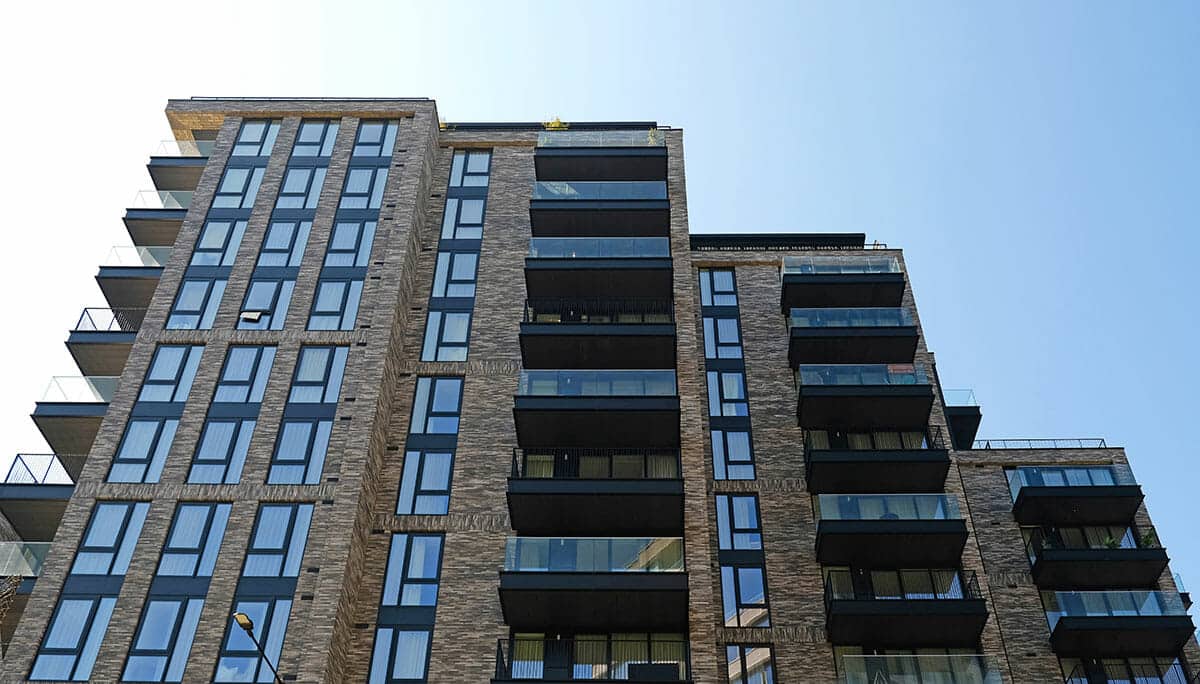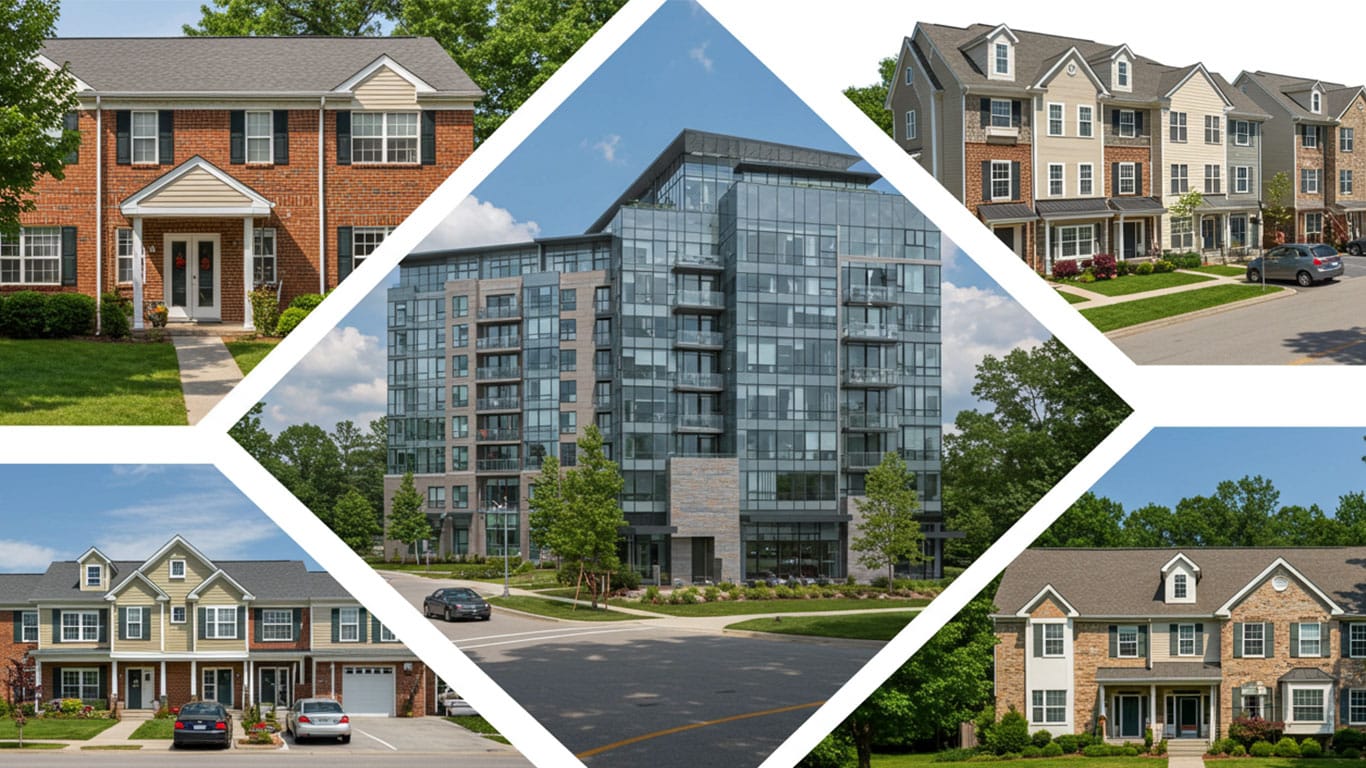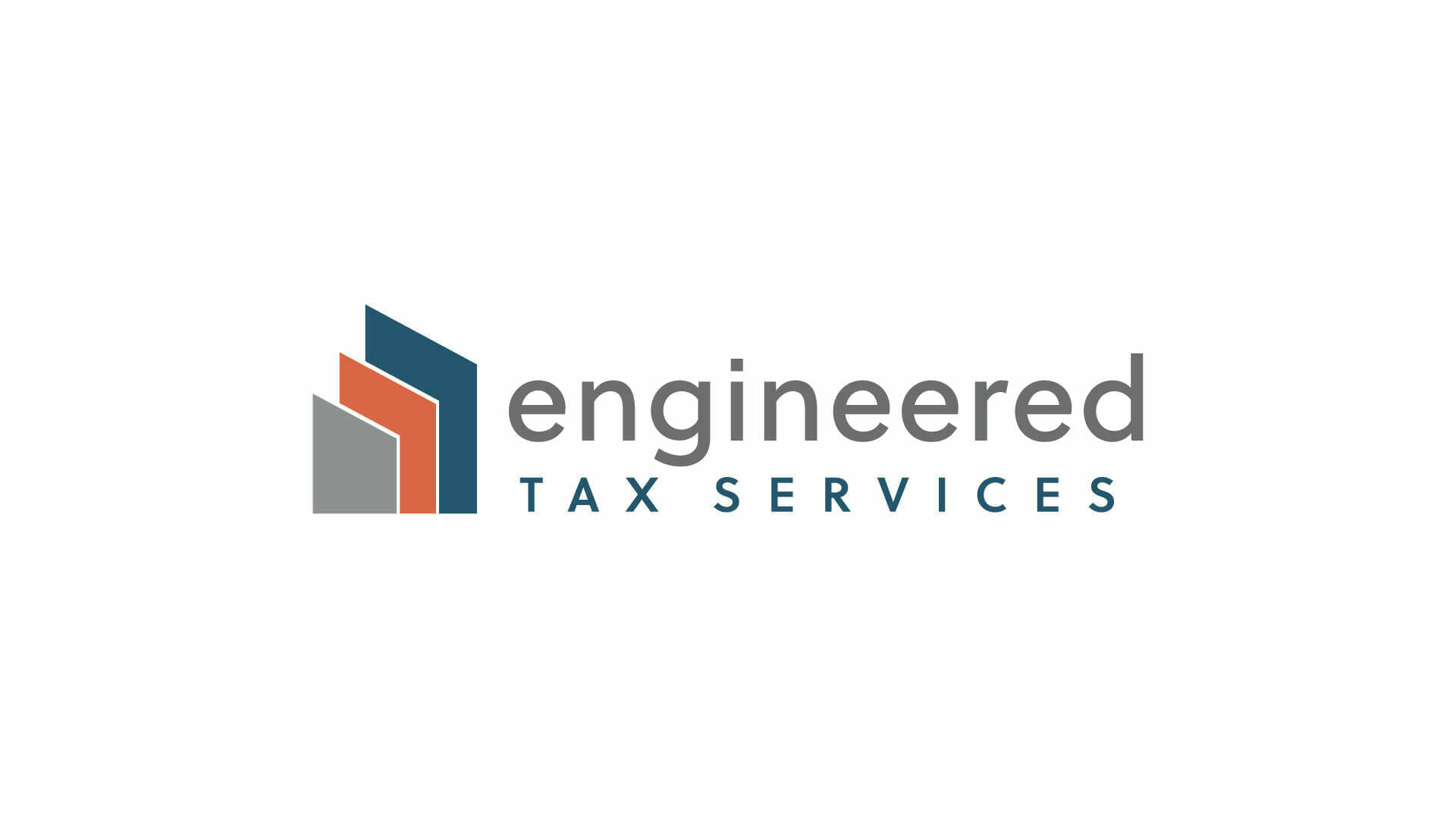
Let's get started by talking to one of our cost segregation experts to see how much we can save you by getting a FREE cost segregation analysis.
Cost Segregation For Residential Buildings
Cost segregation is a powerful tax strategy that can significantly enhance the cash flow of residential real estate investors. While you may already be familiar with the general concept of cost segregation, exploring its specific application to residential properties can reveal fresh paths to tax savings and financial expansion. Keep reading to learn more about how you can make informed decisions on cost segregation that align with your investment goals.
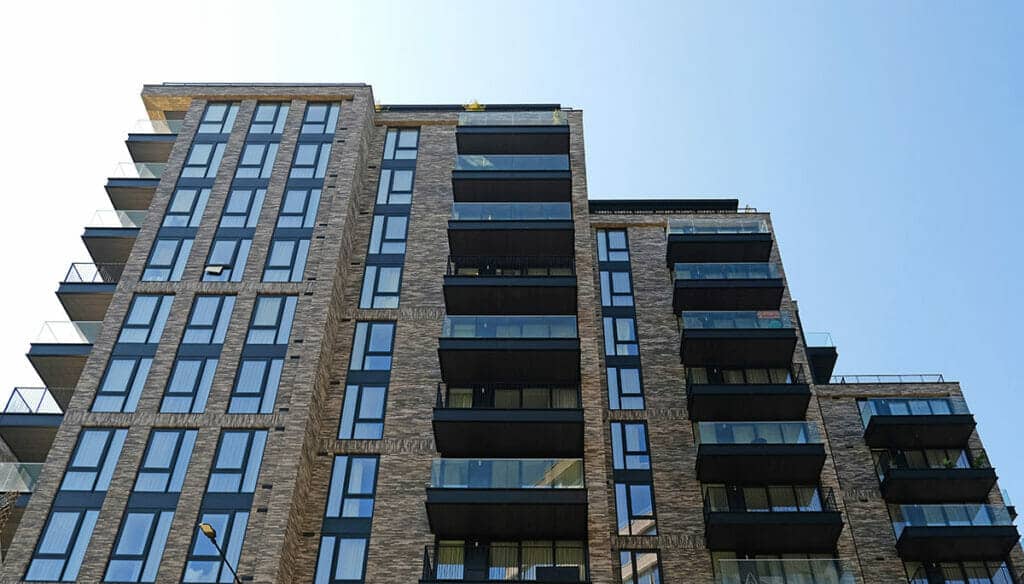
Qualifying Buildings
Cost segregation can be applied to many types of residential properties, including:
- Single-family rental homes: Even though these are residential properties, if they're used as rental properties, they're considered income-producing and are therefore eligible for cost segregation.
- Multi-family buildings: Apartment complexes and other multi-family rental properties are prime candidates for cost segregation. The larger the property, the more components there are that could potentially be reclassified for accelerated depreciation.
- Condominiums: Individual condominium units that are rented out can also benefit from cost segregation. The common areas of the condominium complex may also be eligible.
- Senior Living Facilities: Residential properties used for senior living can be eligible for cost segregation. This can include independent living facilities, assisted living facilities and memory care facilities.
- Mixed-use properties: Properties that include both residential and commercial spaces can benefit from cost segregation so long as 80% or more of rental revenue is generated from residential dwelling units.
- Vacation rental properties: Properties that are rented out for short periods, such as vacation homes or properties listed on platforms like Airbnb, can also benefit from cost segregation.
Types of Property That Can Be Reclassified
When conducting a cost segregation study for a residential building, it's possible to categorize certain property types under shorter recovery periods for tax purposes. Some examples include:
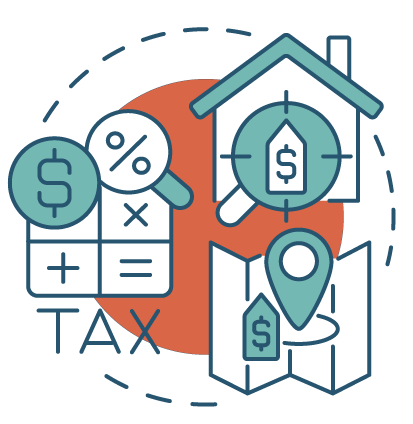
Land Improvements
Land improvements refer to enhancements made to a piece of land to make it more usable In the context of residential property, these components might encompass things like sidewalks, parking lots, fencing, outdoor lighting and more. Such elements aren't considered an integral part of the building's structure and often can be redefined as land improvements, subject to a 15-year recovery period rather than the standard 27.5-year recovery period assigned to residential buildings.
Personal Property
Certain assets within the residential building may be considered personal property and depreciated over a shorter period. This can include items like carpeting, window treatments, appliances, furniture or specialized equipment. These items are often classified as five- or seven-year property, allowing for accelerated depreciation.
Building Components
Various components of the building itself may qualify for shorter recovery periods. Examples include HVAC systems, electrical or plumbing systems, security systems, fire suppression systems, specialized lighting fixtures or other specialized building equipment. The reclassification of these items can result in significant tax savings.
Exterior Landscaping
In some cases, certain aspects of exterior landscaping such as retaining walls, drainage systems or other site improvements may be reclassified for accelerated depreciation. These items can often be classified as 15-year property, allowing for quicker depreciation and tax benefits.
Common Areas
Residential buildings with common areas, such as lobbies, hallways or recreational facilities, can often have certain components within these areas reclassified separately for accelerated depreciation. For example, the carpeting, lighting or furniture in a lobby could be classified as five- or seven-year property, while the structural elements of the lobby remain as 27.5-year property.
Cost Segregation and Property Improvements
One of the unique aspects of cost segregation is its applicability to property improvements or renovations. Whether you're planning a major overhaul or a minor upgrade to your residential property, understanding how cost segregation can be applied before and after these improvements can lead to significant tax advantages.
Before you embark on a renovation project, conducting a cost segregation study can set a clear baseline for the original state of the property. This baseline, documented by an engineer, is crucial as it allows for a precise calculation of the depreciation deductions for the existing components of the property.
Once the improvements are completed, you'll have receipts and invoices that detail the precise cost of newly added items. When coupled with the pre-renovation cost segregation report, these documents offer a comprehensive snapshot of the alterations implemented on the property. This information is essential for applying bonus depreciation, making partial disposition elections and determining repair expenses.
It's important to recognize that cost segregation isn’t a one-time process. As you make improvements to your property, you’ll likely want to conduct a revised cost segregation study to account for these changes. This allows you to continually optimize your depreciation deductions and tax savings throughout the life of your investment.
Cost Segregation for Short-Term Rentals
Cost segregation can yield significant benefits, especially for vacation rental properties. When you lease a property through Airbnb or similar platforms, the income earned is classified as taxable. However, the property-related expenses, including depreciation, can be deducted from this income.
Carrying out a cost segregation study can fast-track the depreciation on certain parts of the property, which can aid in offsetting the rental income you're earning. Depending on your unique situation, you might even be able to harness cost segregation to completely eliminate your tax liability on this rental income.
Please note that the IRS has specific regulations concerning residential property rentals. For instance, there is a limit on the number of days you can use the property for personal purposes if you plan to classify it as rental property.
Ownership Structures
Cost segregation can be beneficial for residential properties regardless of the ownership structure.
- Real estate portfolio: If you own multiple residential properties as part of a real estate portfolio, a cost segregation study can be conducted on each property. This can significantly increase your overall depreciation deductions, reducing taxable income across the entire portfolio.
- Trust or estate: If a residential property is owned by a trust or an estate, the trust or estate can still benefit from a cost segregation study. The accelerated depreciation can reduce the trust or estate's taxable income, potentially reducing the amount of income that is distributed to beneficiaries and therefore taxed at their individual tax rates.
- Partnership: If a residential property is owned by a partnership, the benefits of a cost segregation study flow through to the partners. The accelerated depreciation lowers the partnership's taxable income, which consequently diminishes the income amount that is transferred to the partners and taxed according to their individual tax rates.
- Corporation: For residential properties owned by a corporation, the corporation itself can take advantage of the tax benefits provided by cost segregation. The corporation's taxable income is decreased due to the accelerated depreciation, potentially leading to reduced corporate taxes. If you are a shareholder, this could enhance the worth of your shares or contribute to higher dividend payouts.
eBook: Property owners guide to Cost Segregation
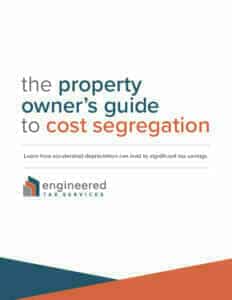

Learn how you can significantly increase your tax savings with a Cost Segregation analysis.

